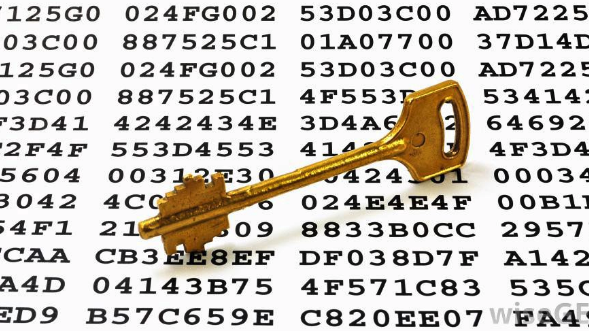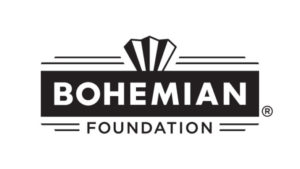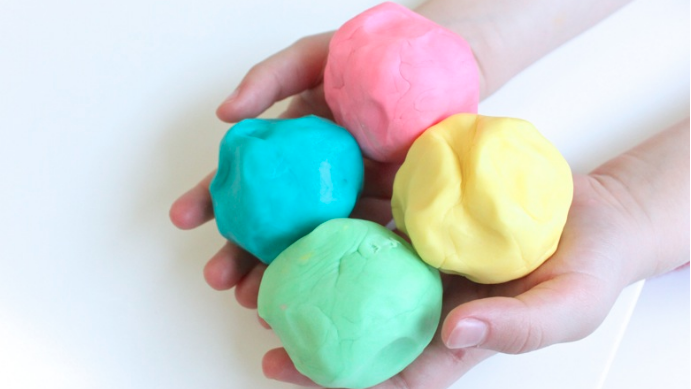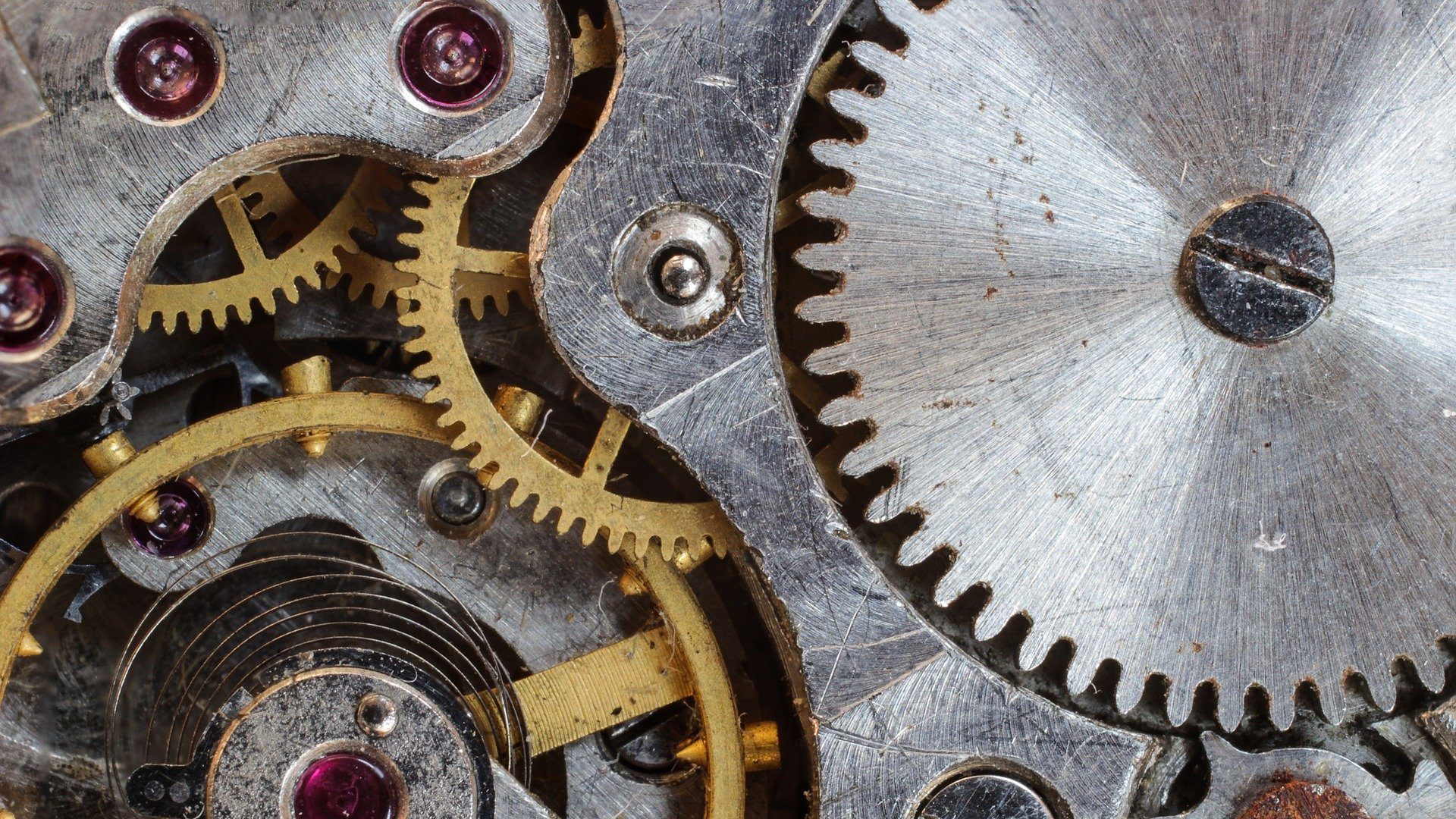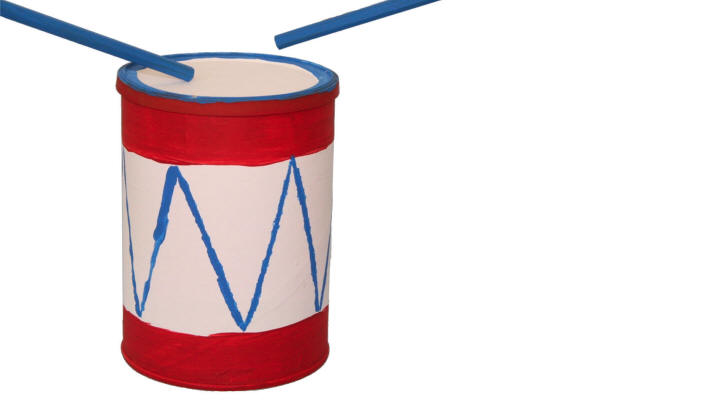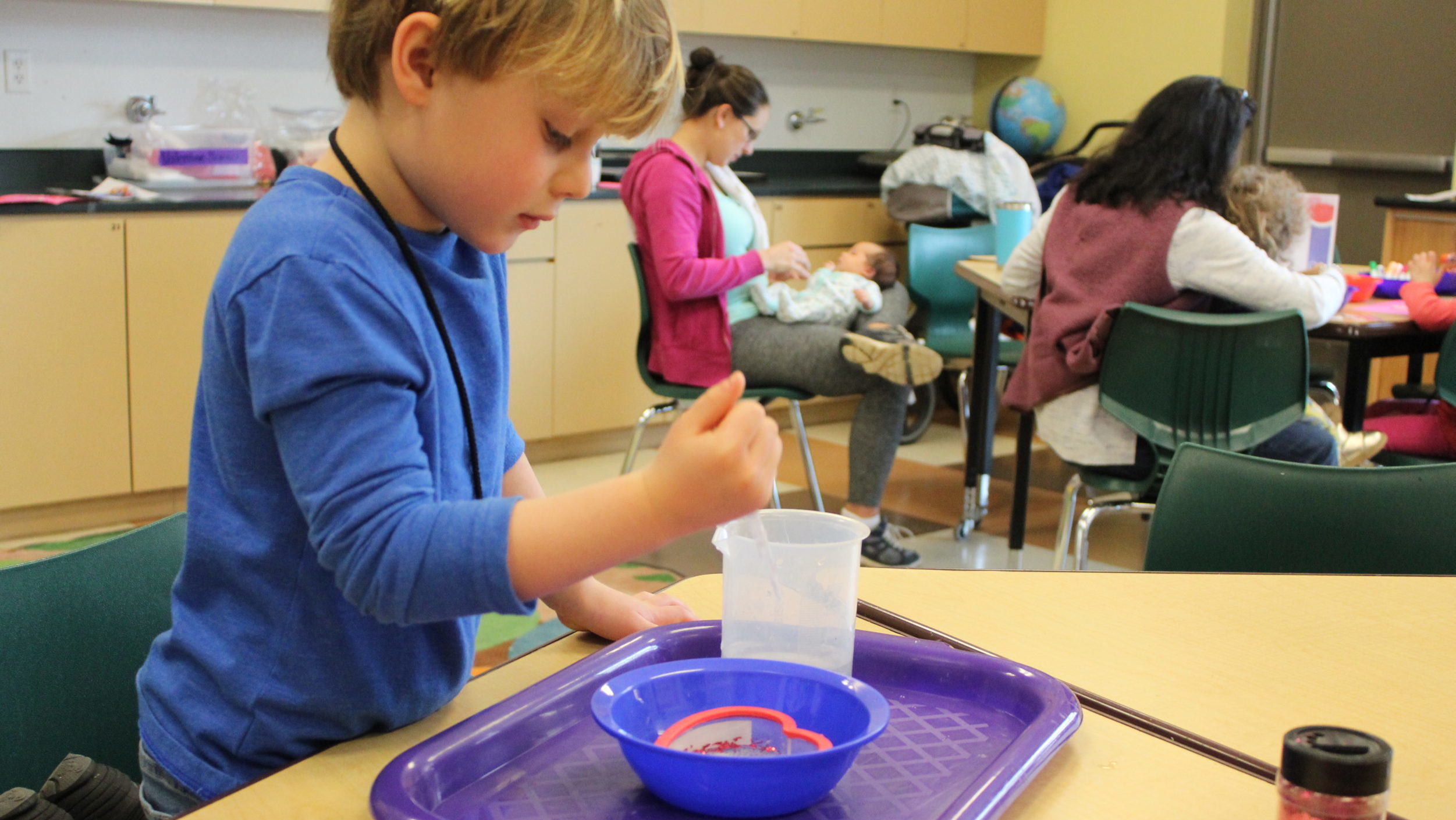Post written by Heidi Fuhrman, Discovery Camp Coordinator.
Daily Discovery: Wonder Women – Smart Stuff
Not all superheroes use their physical strength to fight evil! Oracle fights with her hacking skills and She-Hulk uses powers of persuasion as a lawyer—just like many of our real-life wonder women who use their smarts to make a difference!
Supplies:
- Pencil & Paper
- Scissors
- Brass brad
- Printed Cipher Wheels (file included in PDF)
- All your spy skills!
Instructions:
- Put your smarts to the test! Like some real life wonder women—spies like Virginia Hall & codebreakers like Elizebeth Friedman—see if you can crack our codes! Learn about different types of cryptology below and take a stab at becoming a codebreaker.
- Using what you learn about codes, write your own and see if a friend or family member can crack it! You can even send them the codes via text to connect across the city or country! How did they do?
- Go learn about some real-life superheroes that used their smarts to make this world better and safer!
Check out our Wonder Women guide or look online or at your library for stories about inventors, spies, mathematicians, doctors, and scientists. - Think: What do you know a lot about? What are you an expert at? What “smarts” do you have? How can you use your knowledge to help other people and make this world a better place?
Want to download these directions? Click here for a handy PDF!
Follow along with our Daily Discovery! Click here for all activities that you can do at home.
Image credit: Medium

